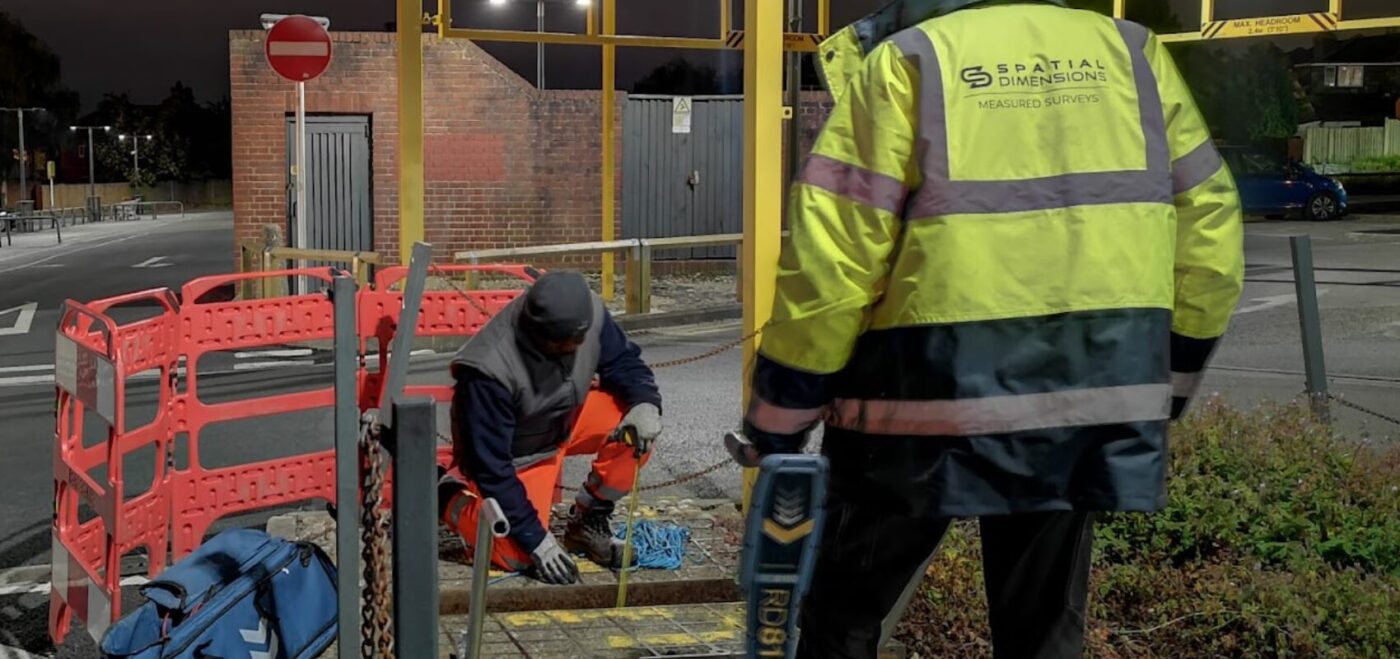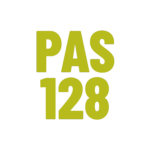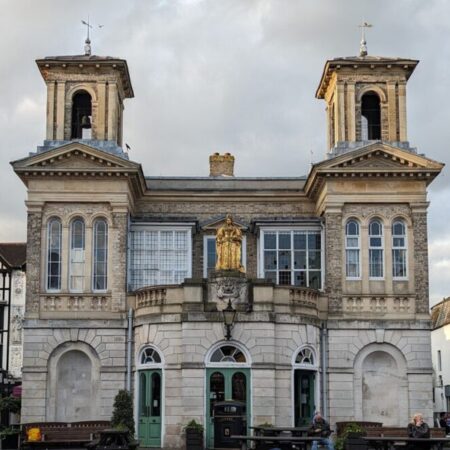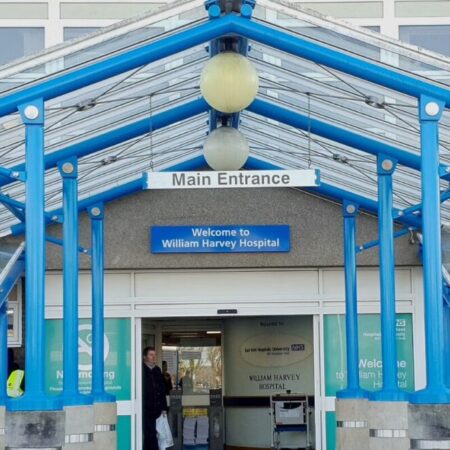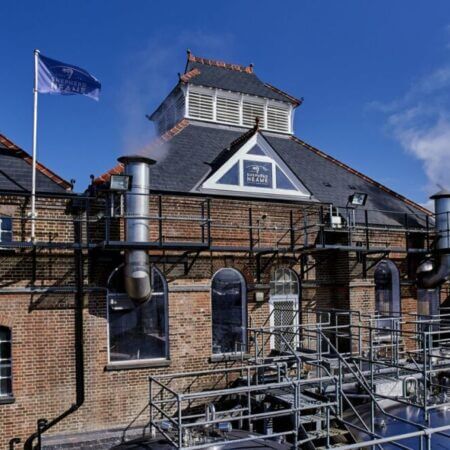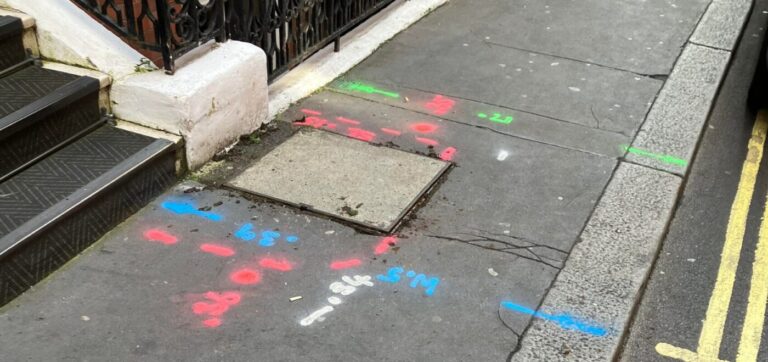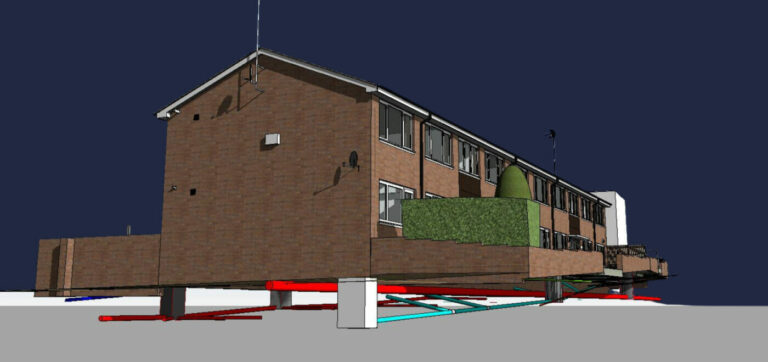WHAT IS PAS 128?
PAS 128 is a recognised British standard that defines how underground utility surveys should be planned and delivered to achieve accurate, consistent results.
It outlines approved methods for detecting and mapping buried assets are outlined and improved. Pipes, cables, and ducts are shown using technologies like electromagnetic locating and ground-penetrating radar.
The standards help set clear survey types and quality levels. Standards outlined in PAS 128, helps project teams reduce uncertainty, avoid costly utility strikes, and make informed decisions during construction, excavation, and infrastructure planning.


WHAT IS A PAS 128 TYPE D SURVEY?
Type D surveys are the preliminary level of underground utility survey defined in the PAS 128 standard.
They are also known as a desktop utility search, C2 search, safe dig pack or utility stats pack.
The goal of a Type D survey is to gather all available documentation related to underground services within a project area. An initial map of known or presumed utilities is created, providing a general overview of buried infrastructure.
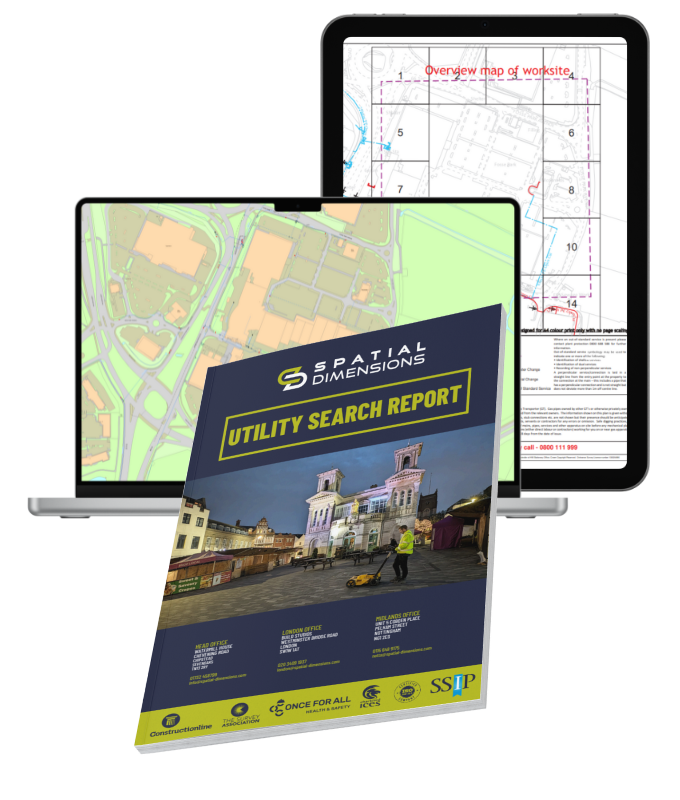
WHAT IS A PAS 128 TYPE C SURVEY?
PAS 128 Type C surveys involve site reconnaissance and visual inspection to identify underground utilities by looking for physical evidence above ground.
Type C surveys are also known as a Visual Inspection Survey.
During a Type C survey, surveyors record visible utility features, verify the presence of services indicated in desktop studies, and gather additional information through visual clues. They also may consult with site owners, operators, or workers to gain insights about the utility infrastructure.
This doesn’t include using electronic detection tools or physical excavation.
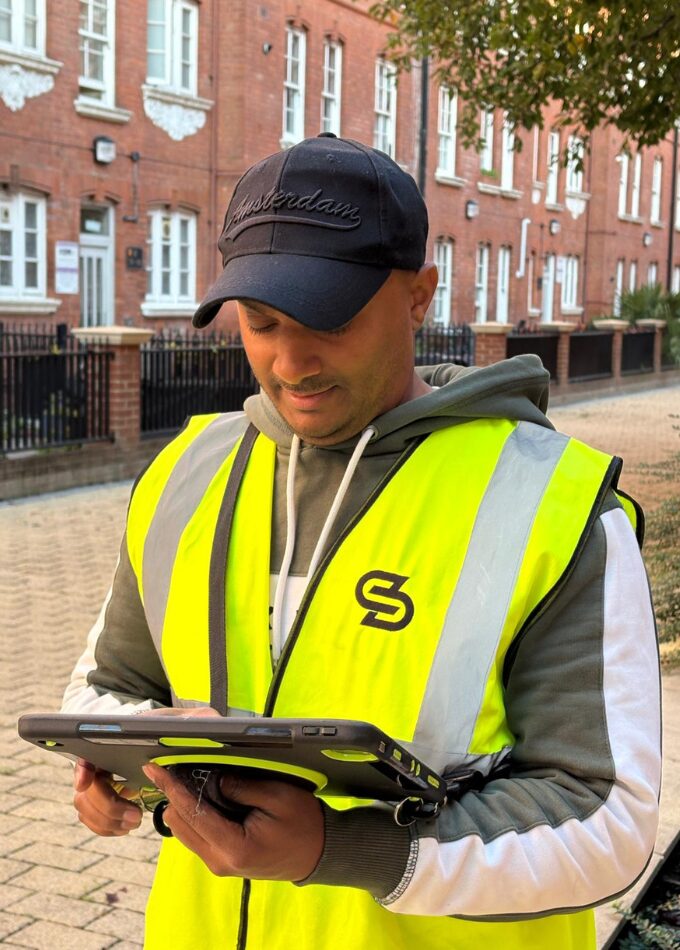
WHAT IS A PAS 128 TYPE B SURVEY?
A PAS 128 Type B survey is a non-intrusive underground utility survey that provides a more accurate understanding of buried services.
Non-instrusive surveys can involve scanning the survey area using both GPR (Ground Penetrating Radar Surveys) and EML (Electromagnetic Location Surveys) to detect and trace underground utilities without excavation. Type B surveys improve the quality of utility data by identifying service positions, depths, and potential conflicts.
This method reduces risk, supports safer planning, and offers reliable information for construction or design projects.
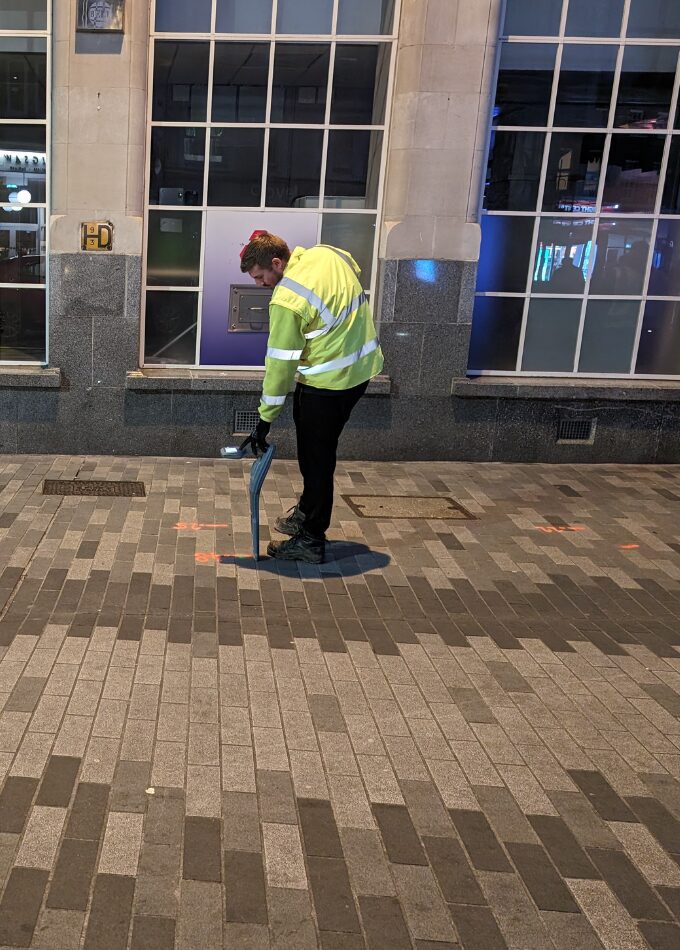
WHAT IS A PAS 128 TYPE A SURVEY?
A PAS 128 Type A survey, also called a utility verification survey, is the highest level of underground utility investigation.
Surveys of this type involve physically exposing buried services through trial holes or potholing to confirm their exact location, depth, and condition. This hands-on approach provides the most accurate and reliable data, reducing risks during construction or excavation.
Utility Verification Surveys (Type A Surveys) help prevent costly utility strikes, support safe project planning, and ensure compliance with health and safety regulations.

